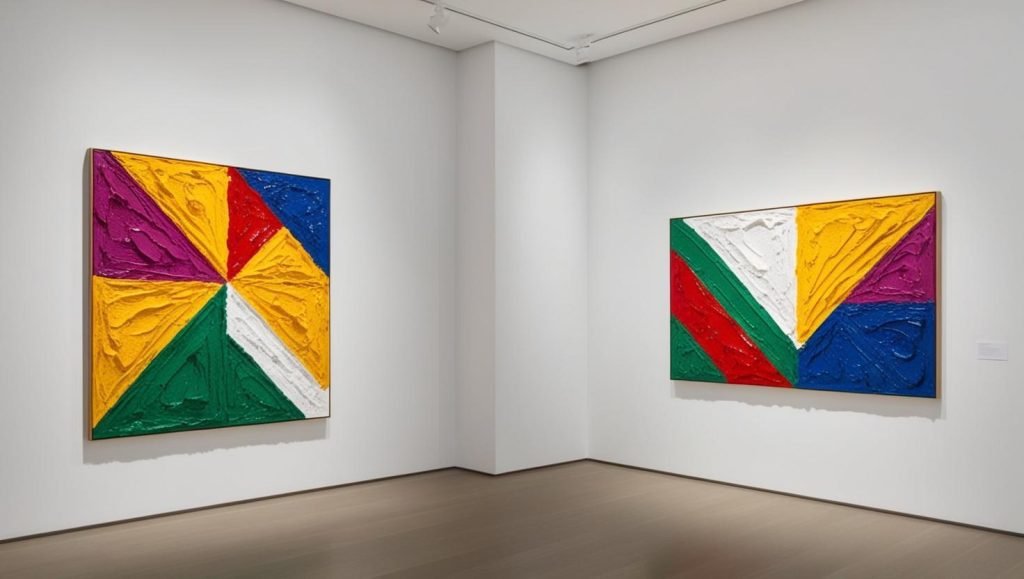Introduction
Modern art is a vast and diverse field that encompasses a variety of artistic styles and movements, from the early 20th century to the present. As students, navigating the complexities of modern art and understanding its historical context, key artists, and artistic techniques can be challenging. This blog aims to provide Modern Art Homework Help by offering a comprehensive guide, detailing essential movements, famous artists, and tips to tackle assignments effectively.

1. Understanding Modern Art: An Overview
Modern art refers to a broad range of artistic movements and styles that developed during the late 19th and early 20th centuries, often breaking away from traditional techniques and subject matter. This section will help you understand the foundations of modern art and why it’s a crucial subject in art history.
- What Is Modern Art?: Modern art is known for its departure from traditional artistic conventions, focusing on innovation, abstraction, and individual expression.
- The Birth of Modern Art: From the late 1800s, artists began exploring new ways of seeing and representing the world. Key movements like Impressionism, Cubism, and Surrealism emerged, marking the transition from classical to modern styles.
Resources:
2. Major Movements in Modern Art
The evolution of modern art is marked by several influential movements, each with its own unique style and approach. Here, we’ll explore the key movements that define modern art and provide a framework for your studies.
- Impressionism: Breaking away from traditional techniques, Impressionist artists like Claude Monet focused on capturing light and momentary experiences, using loose brushstrokes and bright colors.
- Cubism: Developed by Pablo Picasso and Georges Braque, Cubism fragmented subjects into geometric shapes, challenging conventional perspectives.
- Surrealism: Led by Salvador Dalí and René Magritte, Surrealism focused on the subconscious mind, dreams, and irrationality.
- Abstract Expressionism: Artists like Jackson Pollock and Mark Rothko used abstraction to convey emotion and explore new ways of thinking about space and form.
Resources:
- Impressionism: Art Movement Overview – The Art Story
- Cubism: A Revolution in Modern Art – Tate
- Surrealism – The Museum of Modern Art (MoMA)
- Abstract Expressionism – Smithsonian American Art Museum
3. Famous Modern Artists You Should Know
To truly understand modern art, it’s essential to know the groundbreaking artists who shaped the movements. In this section, we’ll highlight some of the most important figures in modern art history.
- Pablo Picasso: A co-founder of Cubism, Picasso’s innovative approach to form and perspective revolutionized modern art.
- Vincent van Gogh: While van Gogh’s style evolved over time, his emotional use of color and brushwork had a lasting impact on modern art.
- Frida Kahlo: Known for her deeply personal and surreal self-portraits, Kahlo explored themes of identity, pain, and culture.
- Andy Warhol: A leading figure in the Pop Art movement, Warhol’s mass-production techniques and commentary on consumerism have made him an iconic artist in the modern art scene.
Resources:
- Pablo Picasso: The Early Years – The Picasso Museum
- Vincent van Gogh – Van Gogh Museum
- Frida Kahlo Biography – The Frida Kahlo Foundation
- Andy Warhol’s Legacy – The Andy Warhol Museum
4. Techniques and Materials in Modern Art
Modern artists experimented with new materials, techniques, and processes to convey their creative ideas. Understanding these techniques will help you write more informed homework on modern art.
- Oil Painting: Although oil paint has been used for centuries, modern artists began to push its limits, experimenting with texture and the application of paint.
- Collage and Assemblage: Artists like Picasso and Braque utilized collage, cutting and pasting materials to create works that challenged traditional notions of composition.
- Mixed Media: The use of mixed media allowed artists to combine materials like found objects, photography, and paint to create dynamic and layered artworks.
- Performance Art: In the mid-20th century, performance artists like Marina Abramović began to use their bodies as mediums for artistic expression, often challenging the boundaries of art itself.
Resources:
- Techniques of Modern Art – The Art Institute of Chicago
- Mixed Media Art: Techniques and Tips – Jackson’s Art Blog
5. The Influence of Modern Art on Contemporary Art
Modern art laid the groundwork for many movements and ideas that influence contemporary art today. This section explores the ongoing legacy of modern art and how its principles continue to shape contemporary creative practices.
- Digital Art: Digital technology has given rise to a new genre of art that blends modern techniques with contemporary tools like software and digital media.
- Street Art: Often drawing on the styles of modern art, street artists like Banksy use public spaces to challenge conventional notions of art and audience.
- Installation Art: Modern art’s focus on space and viewer interaction has led to the creation of large-scale installations that transform the gallery environment.
Resources:
6. Tips for Writing a Modern Art Assignment
Writing about modern art requires a combination of research, analysis, and creative thought. Here are some tips to help you succeed:
- Use Primary Sources: When writing about an artist or a movement, always refer to primary sources such as exhibition catalogues, artist statements, or interviews.
- Analyze the Art: Don’t just describe the art—analyze it. Focus on form, color, composition, and how these elements convey meaning.
- Connect to Broader Themes: Link the artworks you discuss to social, political, or cultural contexts to provide a deeper analysis.
Resources:
- How to Write About Art – The Writing Center, Harvard University
- Art Analysis Guide – The University of Chicago
7. Conclusion
In conclusion, modern art is a vast and diverse field that continues to influence the art world today. By understanding the key movements, famous artists, techniques, and ongoing legacy of modern art, you will be well-equipped to tackle your assignments and deepen your appreciation for the subject. With the right resources, techniques, and research methods, writing about modern art can be a rewarding and enriching experience.


